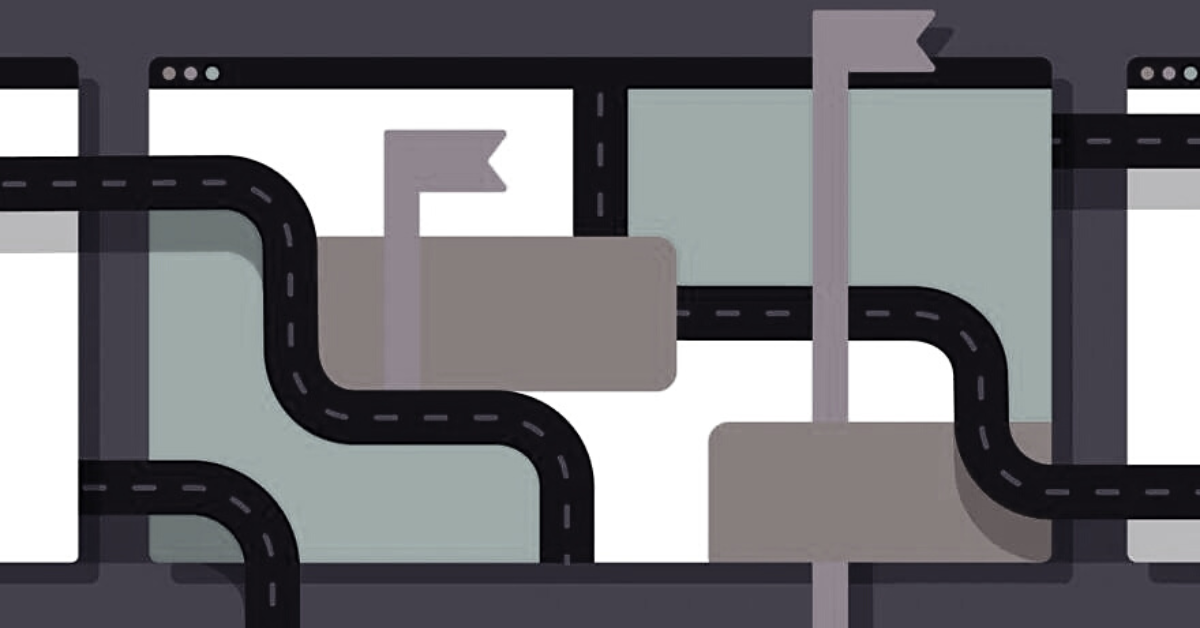How You Can Save Money with a Complete Technology Roadmap
Many small to mid-sized businesses (SMBs) don’t have a formal technology roadmap that aligns and plans their use of digital tools with their business goals. In fact, one research study found that less than one-third of SMBs have a documented technology plan for the short-term future. Without a comprehensive technology roadmap, SMBs may miss out on opportunities to optimize technology to reduce costs across their organizations.
Technology Roadmap Defined
As a brief overview, a technology roadmap is a high-level, visual plan that communicates an organization’s technology initiatives across a span of time. These technology initiatives should support the organization’s overall business strategies and goals.
A well-designed technology roadmap is a highly effective tool for SMBs to use to overcome existing challenges that may be holding them back. A technology roadmap should include initiatives related to the use of next-generation technology to help them achieve their most important business goals, such as revenue growth, business process optimization, or enhanced customer experiences.
Technology roadmaps are also a proven planning tool for SMBs to reduce costs – often dramatically. This is a critical step in maximizing profitability. By using technology to optimize business processes and to give employees better tools to do their jobs, organizations can reduce costs to drive bottom line results.
Cost Savings in Practice
Why is this true, and how does a technology roadmap help you save money?
First, consider that many SMBs don’t have the luxury that the Fortune 500 club has in terms of resources to fully leverage technology to drive efficiencies. SMBs operate on a much smaller budget with less resources available who know how to plan, execute, and optimize initiatives to modernize the business.
As a result, there is often a reliance on manual, paper-based processes, legacy technology, spreadsheets, or other homegrown systems. While these may get the job done, they can be expensive, both in terms of ongoing maintenance fees and opportunity costs related to wasted time and too much manual work.
Accounts payable (AP) automation is a perfect example of leveraging technology to gain efficiencies to reduce costs. As small businesses start out, there is typically a paper-based approach to receiving invoices, managing approvals, and sending payment. These types of AP processes inevitably take too much time and prevent employees from focusing on higher-value, more rewarding work that could help the business move forward.
In these cases, invoice processing can become a “Lucy-in-the-chocolate-factory” type of scenario where employees face a seemingly never-ending influx of hundreds of invoices each month. Ordering, printing, and mailing so many paper checks can quickly add up, and any errors that occur can cost the company in terms of overpayments, missed payments and related interest charges, and even damaged relationships with critical vendors and suppliers.
A better approach, in this scenario, is to implement a modern AP automation solution that enables SMBs to create digital workflows related to receiving invoices, managing approvals, and making payments. Not only do AP automation solutions help SMBs eliminate a large share of the manual costs related to invoice processing, but they can also help employees save significant time each week, time that can be better served in other areas.
The Payoff
For example, Hawaii Dental Service (HDS) performed a self-assessment exercise to identify legacy systems, inefficient processes, and opportunities for improvement. From there, HDS developed clear and actionable strategies in order to overcome these challenges and help it grow.
“Technology roadmaps are … a proven way for SMBs to reduce costs – often dramatically.”
HDS implemented the next-generation ERP Sage Intacct to simplify its day-to-day accounting tasks – a decision that clearly paid off. HDS eliminated 17 hours of time previously dedicated to monthly AP processing and financial reporting, helping to significantly reduce costs.
Besides accounting software and AP automation, many SMBs could also use other types of technology to significantly reduce costs by gaining efficiencies. This can include areas such as collaboration tools, productivity platforms, CRM software, cloud computing, and many more.
Yet companies can’t just adopt technology for technology’s sake. SMBs need to undergo a self-assessment to identify existing challenges or new opportunities and then align their technology initiatives with clear business goals. If they do, they stand to gain a real first-mover advantage over competitors who may remain a step behind.
Next Steps
To learn more, download the complimentary white paper, “A Comprehensive Technology Roadmap Can Deliver a New Competitive Advantage for Today’s SMB.”

